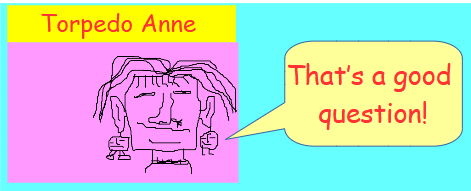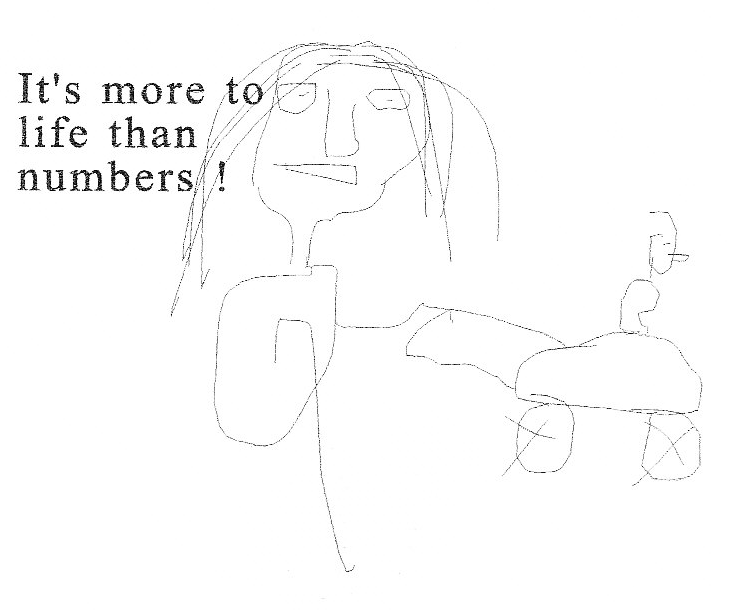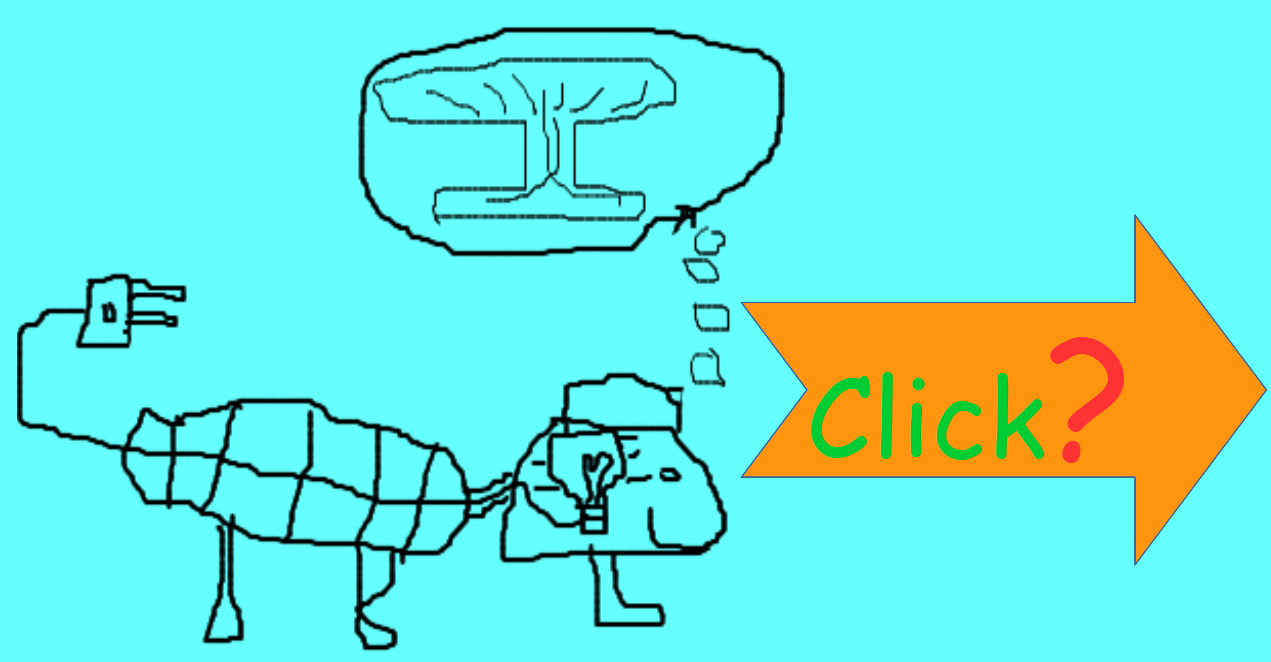page2010 Rings Matthias Lorentzen...mattegrisenforlag.com
Look at the picture beneath, then
scroll down to the question and click the correct Answer button.


Exercises: Ideals , Extensions & Vector Spaces
Exercise
Let us start with an exercise that bridges the concepts of ideals , simple extension fields,
and introduces vector spaces.
Exercise:Exploring a field E as a Vector Space.
Let F = `QQ` be the field of rational numbers. Consider the polynomial
`p(x) = x^2 - 2` `in QQ[x]`.
1. Show that the ideal `I = langle p(x) rangle` generated by p(x) in `QQ[x]` is a maximal ideal.
2. Deduce that the quotient ring `K = QQ[x]"/" I` is a field. This is a simple extension field of `QQ`.
3. Demonstrate that K is a vector space over `QQ`.
4. Find a basis for K as a vector space over `QQ` and determine its dimension.
Strategy: This exercise aims to solidify your understanding
of how quotient rings form field extensions and, more importantly , to introduce the concept that
these field extensions can be viewed as vector spaces over their base fields.
3. Vector Space Demonstration: To show K is a vector space over `QQ` , we need to verify the vector
space axioms:
Vectors: The vectors in this case will be the elements of
`K = QQ[x]"/" langle x^2 -2 rangle`.
Scalars: The scalars will be the elements of `QQ`.
We need to show that K is an abelian group under addition and that scalar multiplication
(multiplication by elements from `QQ`) satisfies distributive and associative laws , and
has an identity element. Since K is already a field , and thus a ring , its additive group
properties are inherited and the field multiplication will satisfy the scalar multiplication
axioms when restricted to `QQ`.
4. Basis and Dimension: The elements of `K = QQ[x]"/" langle x^2 -2 rangle` can be represented in a particular form. We will find a set of
elements that can linearly combine to form any element in K , and are linearly independent over `QQ`.
This set will be our basis , and the number of elements in the basis will be the dimension.
Question
The field `K = QQ[x]"/"langle x^2 - 2 rangle` can be viewed as a vectorspace over the field of rational
numbers `QQ`. Which of the following statements correctly identifies a basis for this vector space
and its dimension:
A) A basis is { 1 , x } , and the dimension is 2.
B) A basis is { 1 , x , `x^2 }` , and the dimension is 3
?
